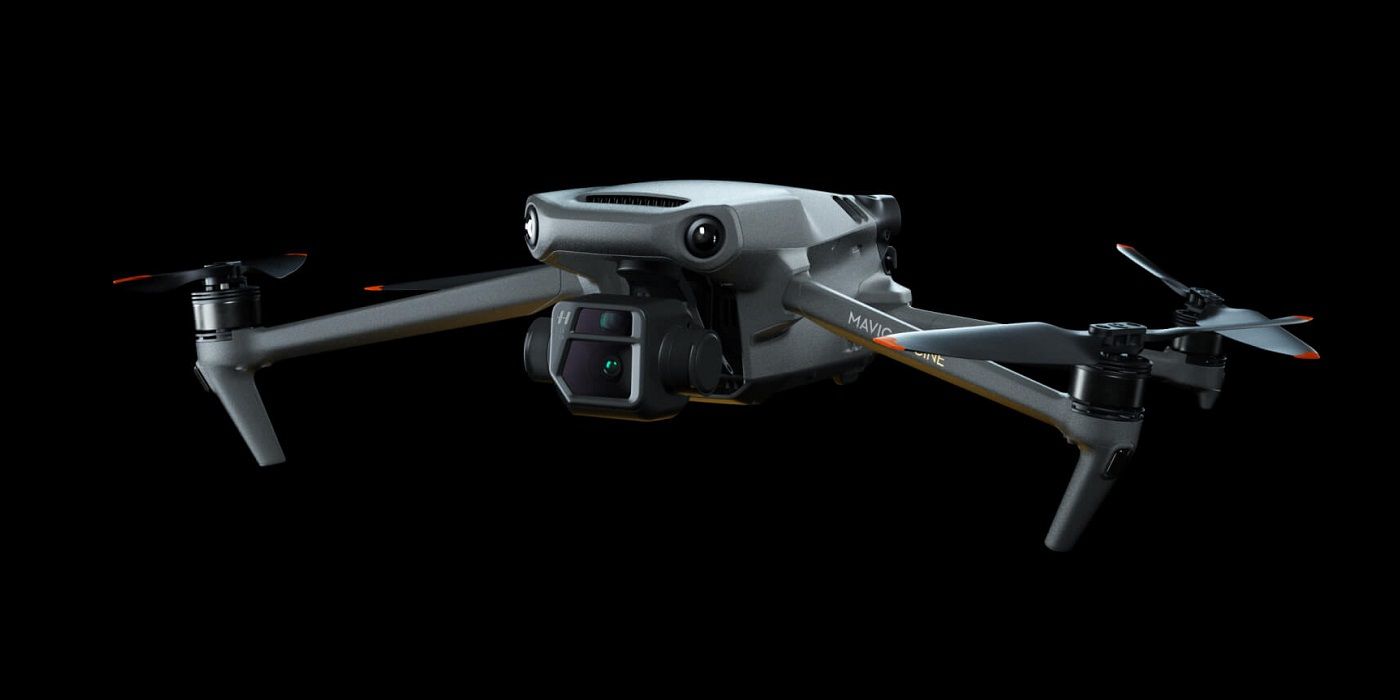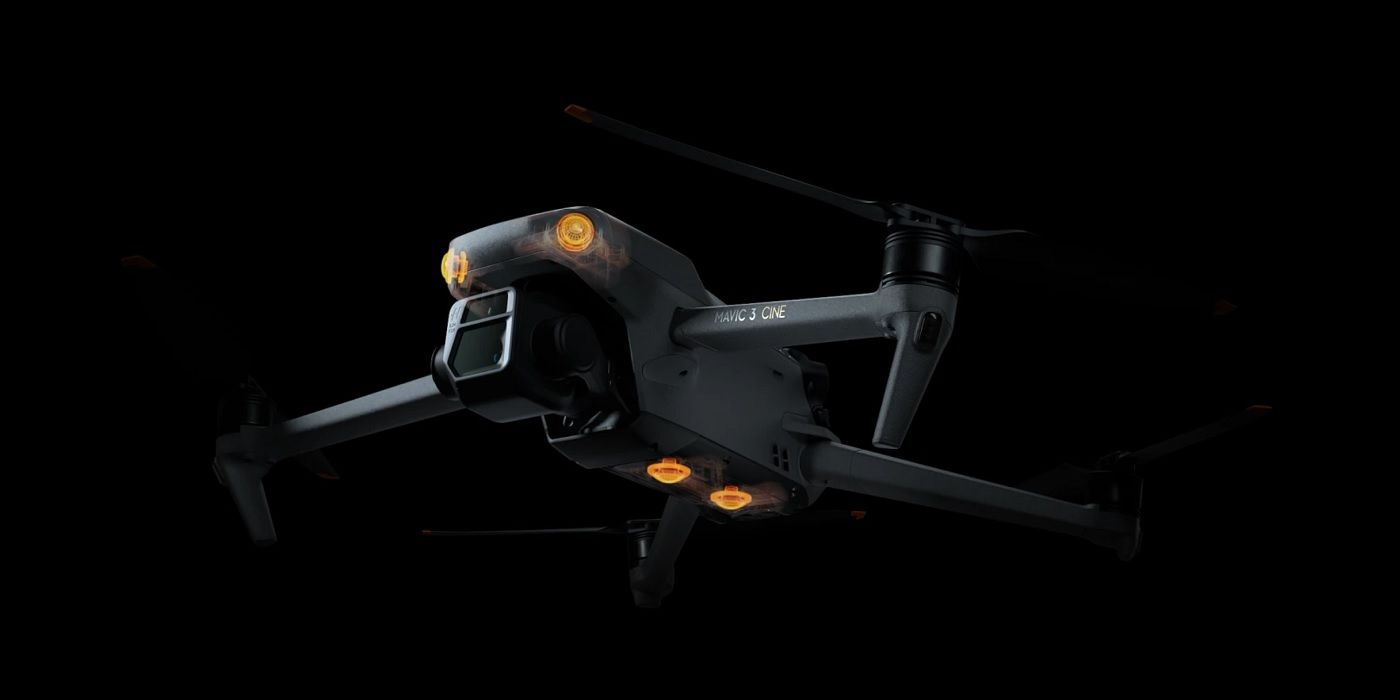DJI has launched two new dual-camera drones aimed at professional-level content creators. The company is well-known for its consumer-centric unmanned aerial vehicles (UAVs), particularly its Mavic line. Equipped with cameras and gimbals, the drones can fly for sustained periods, shooting high-quality footage and stills.
DJI launched the Phantom 1, its first consumer drone, in 2013. The UAV did not feature a camera, but creators soon realized its potential and began equipping it with lightweight GoPros. The trend quickly caught on among filmmakers who could get bird's-eye view video without having to rely on planes or helicopters. DJI followed up the Phantom 1 with the Phantom 2 Vision, this time incorporating its own camera. Since then, the firm has also leveraged its knowledge, expanding into standalone gimbals and cameras such as the Osmo Pocket 2.
DJI has now announced the Mavic 3 and the Mavic 3 Cine, both of which feature a dual-camera system. The drones have a standard 24mm wide lens built around a 4/3 CMOS sensor, and a hybrid zoom lens that uses a 1/2-inch CMOS chip. DJI says both UAVs will manage a flight time of 46 minutes on a single charge. The company has also improved its automatic obstacle detection technology, allowing the drones to identify objects at a distance of up to 650 feet. (Previously, the system was limited to 65 feet.) Though both drones are geared toward professional creators and share many of the same features, there are some key differences.
Both Drones Shoot 4K 120 FPS
The Mavic 3 starts at $2,199 and is the successor to the Mavic 2 Zoom, which launched in 2018. It’s capable of shooting 20-megapixel photos, as well as filming 4K footage at up to 120 FPS - something DJI previously introduced with its Action 2 camera. The Mavic 3 can also shoot 10-bit D-log, which is useful for creators who want a broad scope when correcting color in an edit. Additionally, the drone has 8GB of onboard storage, with support for high-capacity external microSD cards.
The Mavic 3 Cine includes all the features of the lower-end model, but also lets creators film using Apple’s ProRes 422 HQ video at up to 5.1k, 50 FPS. The advantage of shooting in the codec is that it works well in professional work flows, though ProRes files can be notoriously large. Because of this, DJI offers the Mavic 3 Cine with 1TB of built-in storage. The Mavic 3 Cine comes in a bundle that starts at $4,999 and includes the all-new DJI RC Pro remote control. Both the DJI Mavic 3 and Mavic 3 Cine dual-camera drones are available for order now.


